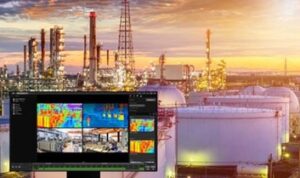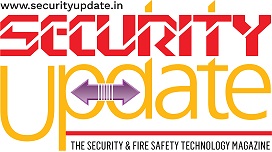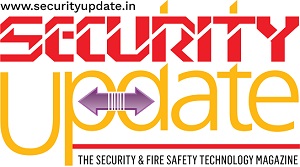
For offshore rigs and onshore oil wells to pipelines, processing plants, and refineries, video systems must deliver purpose-built, high-resolution imaging – even in harsh environments with dust, vibration, salt air, or low light.
For these kinds of challenging environments an effective surveillance system goes beyond the camera – it needs to include integration with audio, video management platforms, and cloud-based tools for real-time response and scalable control.
Erick Reynolds is the Business Development Manager, Energy, Oil & Gas at Hanwha Vision America, and Michael Larsen, the Country Director, Nordic & Benelux, for Hanwha Vision Europe, and here they look at how surveillance and compliance in the oil and gas industries has been revolutionised by the advent of AI and cloud management.
Many cameras today are equipped with AI analytics, including those of Hanwha Vision which encompass license-free, advanced AI analytics. Features like AI-powered object detection, intrusion alerts, and real-time event tracking allow security professionals to immediately identify potential threats.
These capabilities also help detect safety risks – such as falls, slips, or unusual activity – whether operators are onsite or monitoring from a central control room. Actionable insights generated by AI surveillance systems enable security professionals to make more informed decisions to improve operational efficiency, evaluate workload distribution among staff, and ensure critical safety regulations are always followed.
Perimeter security is another critical concern for hazardous applications and industry. Safe operations start with keeping intruders out of facilities. Multi-directional and PTZ cameras with AI analytics – when integrated into a centralised video management system – are well suited for monitoring the wide-open spaces typical of oilfields and remote sites.
With a single multi-sensor device taking the place of several conventional cameras, this can also help lower total cost of ownership, as well as installation costs, and simplifies ongoing device management requirements.
These units can continuously monitor and analyse vast amounts of data in real-time, while machine learning algorithms detect unusual patterns and behaviours, such as unauthorised access attempts to restricted spaces. In addition, for enhanced perimeter monitoring and intrusion detection, thermal and radiometric devices can identify people and vehicles in all types of weather and low-light conditions.
Alongside intrusion detection, thermal monitoring plays a vital role in predictive maintenance. Temperature changes are among the earliest warning signs of equipment overload and performance problems. By identifying abnormal heat signatures in electrical or mechanical systems, thermal imaging helps detect potential issues before they escalate into costly downtime or safety incidents.
This kind of predictive maintenance is crucial for avoiding unplanned downtime, reducing maintenance costs, and maintaining a safe working environment. With AI-powered analytics, advanced video systems can assist in identifying slip, trip, and fall incidents the moment they happen. Quick detection allows for faster emergency response and more accurate incident documentation. This not only protects employees but also helps mitigate legal and insurance risks.
Likewise, monitoring and reporting on compliance with the numerous health and safety regulations for oil and gas operators has traditionally been a challenging, costly, and time-consuming effort.
Companies spend considerable amounts of money on education, signage, video demonstrations, and classroom analysis. With intelligent, AI-enabled security systems, combined with IP audio solutions, companies can better track how their training investments are paying off and how employees are adhering to key safety and compliance best practices.
AI-powered surveillance systems help accurately monitor and track if employees are following key safety guidelines, helping them to avoid accidents and ensure they use proper protective equipment.
Alert sensors and audio network solutions can detect and call out when employees are not following procedures or wearing the recommended personal protective equipment (PPE) such as safety goggles, helmets, masks, or protective suits. These technologies can also identify and provide safety alert messages if employees come too close to dangerous equipment or have any worksite or health-related issue, like falling or passing out.
Finally, when it comes to compliance reporting and incident tracking, AI-enabled electronic security systems can significantly reduce costs and time. They feature comprehensive logging and reporting features and can automatically generate reports on security incidents, and access control logs as well as surveillance footage. This allows security professionals to effortlessly demonstrate compliance with regulatory requirements and further enforce compliance and safety standards to employees.
In a sector where regulations are strict, environments are unforgiving, and downtime can destroy your bottom line, surveillance technologies that combine AI, thermal detection, and advanced analytics are helping operators stay safe, compliant, and efficient – without compromising productivity.











